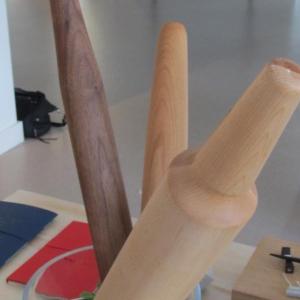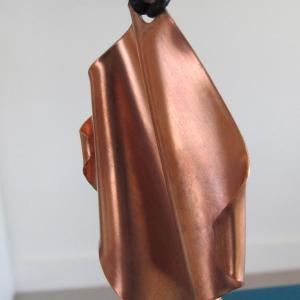Through December, we continue our series to shine the spotlight on local people who make their living by their home kitchens and small production facilities, using unique Maine flavors and ingredients no one can get anywhere else. Best of all, all of these items can be picked up locally and shipped.
Graffam Bros. Maine Seafood Rockport
A fresh Maine caught lobster roll delivered to your door with Maine’s Deep River Snack kettle chips.
The back story:
Maine Lobsters are 100% hand-harvested from small day boats one trap at a time to protect their quality and the marine habitat. And this time of year, it’s important to support Maine lobstermen as they go into their winter. What better way than to buy a fresh lobster roll through Graffam Bros. Seafood Market in Rockport. They’ll ship fresh live lobster and prepared seafood all across the country. They’ll send you a Country Kitchen bun and more than 4 oz. of flavorful lobster salad along with a 2 oz package of Deep River Snacks Potato Chips.
$20.00 online or locally at Graffam Brothers
In their words: “Just toast the bun, add the lobster and it will be almost like being at our Seafood Shack in the summer!”
Maine Chefs, Rockland
Citrus Rosemary and Ginger Sauce
The back story:
Maine Chefs, based out of Rockland Maine, is part of a “Neighbors Supporting Neighbors” model of housing local specialty food businesses under Pen Bay Distributors, run by Terri Mahoney, Terry Lawry, Rob Splaine and Richard Thompson. "Keeping with our motto, our all natural products are produced in small batches at commercial kitchens in Maine and New Hampshire,” said Mahoney. “Our distribution company has grown with support from other similar minded specialty food producers and can be found throughout New England. We also ship throughout the United States.”
Where to find it/price range:
$7.99 online or locally at French and Brawn, Market Basket, State of Maine Cheese Co., Jess's, Keag Store, Thomaston Grocery, Renys, Wentworth Family Grocery, Swanlake Grocery, Tobey's, Hope General Store and Red Barn Marketplace.
In her words: “Our Citrus Rosemary and Ginger Sauce is a nice thick sauce that you can drizzle on pork, chicken, beef and seafood,” said Mahoney. “I love putting it on potato salad, but it’s also great for grilling, baking and even the crock pot.”
French and Brawn Fresh Roasted Coffee
Bayview Street
The back story:
Camden’s specialty marketplace (in business since 1868) offers great coffee with historical roots. All of F&B Coffees are fresh roasted in small batches by Green Tree Coffee & Tea in Lincolnville and include: Bayview Street (French Roast); Chestnut Street (Medium Roast); Elm Street (Breakfast Roast); Main Street (Decaf Roast)
"We picked those street names because we are either on or can see those streets from our front door," said President Todd Anderson. "Most people from Camden or familiar with it would recognize the names. Many people currently or previously lived on one of those streets or know someone that does/did."
Where to find it/price range:
$10.99 at their store on 1 Elm Street or visit: frenchandbrawn.com
In their words: “Bayview Roast is consistently one of our top sellers of all of the beans we offer. It is also one of the brewed coffees that we offer by the cup every day.”
Related: Shop Local: Three unique handmade Maine goods
Kay Stephens can be reached at news@penbaypilot.com

























































